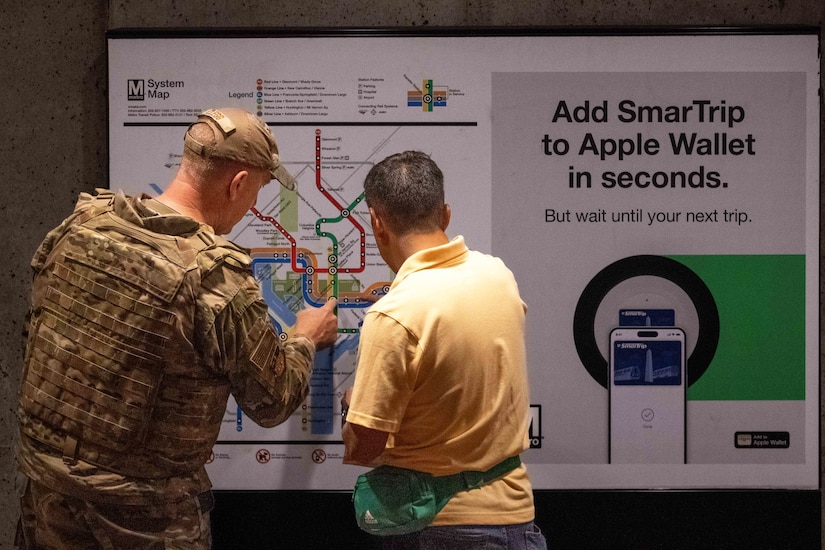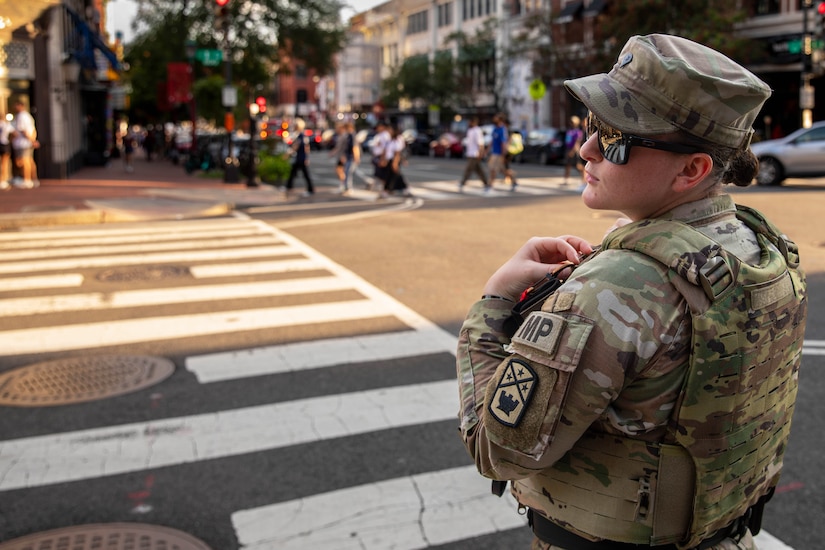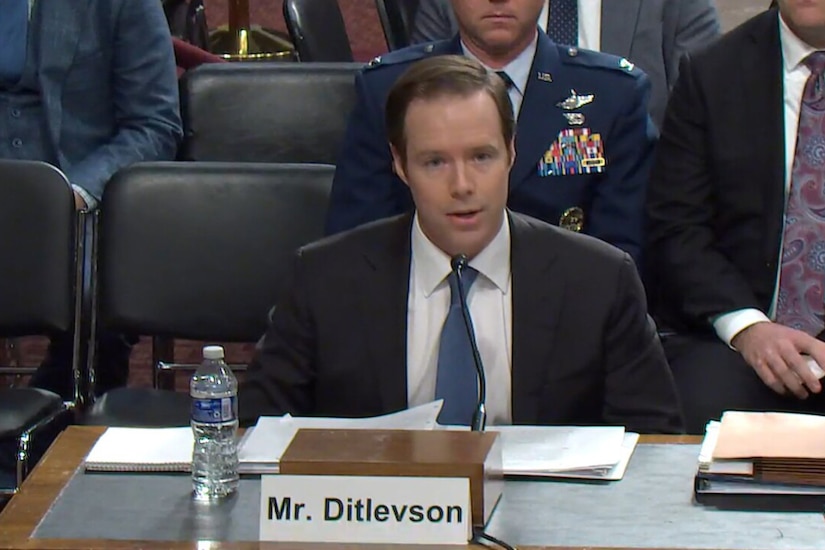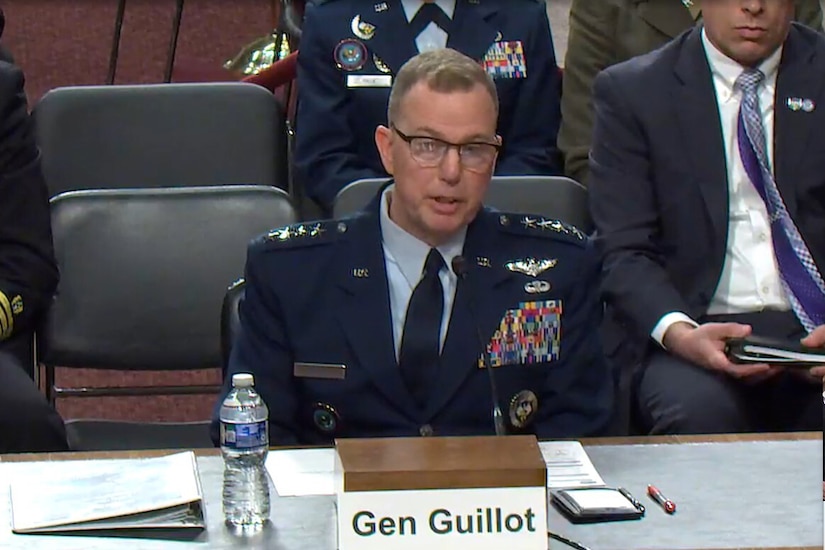Jan. 7, 2026 |
Far outside of the world of Hollywood television and so-called "magic tools," such as photographic enhancements or instant DNA results, Naval Criminal Investigative Service forensic consultants focus on the real science of evidence — finding the key details that help bring investigations to the finish line and provide prosecutors with what they need to see justice served.

The reality is that most of the tools used by fictional forensic consultants don't exist. There is no centralized, searchable military database cataloging the fingerprints or DNA for every service member. A DNA profile can take months to process. Even under ideal conditions, zooming in on a surveillance image rarely produces a clear license plate number.
According to Special Agent Garrett Radke, a forensic consultant stationed at NCIS Resident Agency Marine Corps Base Camp Pendleton, California, the notion that valuable, clear-cut evidence will be found at a crime scene is often unrealistic.
"It's such a mess of mixed profiles and mixed prints that you really can't discern which is the one that would be relevant," Radke said. "It happens a lot with weapons. It's virtually impossible for us to do anything with a military weapon, for example, because [there are] literally hundreds of people who have touched that weapon."
Despite the lack of cinematic shortcuts, NCIS forensic consultants remain at the forefront of their field using sophisticated 3D imaging technologies, such as the FARO terrestrial laser scanner, unmanned aircraft system imaging and other cutting-edge technologies to bring order to often chaotic and complex crime scenes.

The FARO system uses lasers to create a map of its surroundings with an accuracy of about 1 millimeter at a distance of 10 meters. The data can then be used to generate 3D graphics and virtual "fly through" videos, helping juries understand the spatial relationship of evidence within a scene.
Following the catastrophic 2020 fire aboard USS Bonhomme Richard, forensic graphics specialists used imagery collected with FARO to create a 3D model of the area where the fire occurred, as well as the suspect's alleged route of travel from the lower decks to the living quarters. The model was used by the prosecution and defense teams to assess whether a key witness could have seen what he claimed to have seen. The model ultimately showed that a wall would have obstructed the witness's view.
Radke is also one of four NCIS drone pilots certified by the Federal Aviation Administration, War Department and NCIS to operate drones around crime scenes, including within the restricted airspace of military bases under special authorization.
Drones, Radke said, serve as "eyes in the sky" for operations, especially in large or difficult-to-access areas. They can also fly in grid patterns, capturing images that can be stitched together or integrated into FARO models using photogrammetry, a technique that produces 3D representations from photographs.

The use of drones recently proved instrumental in a death investigation after a body was found in a courtyard surrounded by tall barracks buildings. According to Radke, who responded as one of the forensic consultants, there was initially no clear indication of how the individual had died or how the body had reached the location.
"There were wounds on the body, but nothing that appeared fatal and no wounds consistent with a fall from a significant height," he said. "We found blood in several locations that could have indicated the person was killed elsewhere, then transported and dumped in the courtyard, suggesting homicide. However, by using a drone to examine the roof of the nearby [building], I discovered a sledgehammer, a 27-foot skid mark that looked like something heavy had slid off the roof, and footwear impressions matching the shoes worn by the decedent."
Using the evidence and the autopsy results, NCIS determined the death was accidental, caused by a fall.
Forensics, Radke said, is rooted in the scientific method but still leaves room for creativity and innovation. Designing experiments, testing scenarios and developing unique strategies of retrieving evidence are all part of the process. In one case, Radke even used a pool skimmer and rake to retrieve evidence from a roof safely.
"It wasn't ideal and certainly not textbook," he said, "but it was much safer. We were there because someone had died falling off that roof — it didn't make sense for any of us to risk the same."

NCIS forensic work is a careful balance of creativity, technology and traditional evidence collection, ensuring every scene is documented to the highest standard. Even when answers aren't found right away, preserved evidence remains ready for future breakthroughs. Using tools like FARO, drones, virtual reality and mobile device LiDAR, paired with scientific expertise, can turn even the most complex cases into successful investigations that deliver justice for victims and their families.
Forensic consultants are essential to the NCIS mission of investigating major crimes involving Navy Department personnel and assets. While many arrive with crime scene or forensic science backgrounds, others — like Radke — begin their forensic careers at NCIS. His opinion is that the best way to become a forensic consultant is to be involved in the work.
"Be an active part of the major case response team, go to scenes, go to autopsies and consider the NCIS Forensic Associate Program," he said. "It's designed to identify and develop special agents interested in becoming forensic consultants."
A career as an NCIS forensic consultant, Radke said, can be very rewarding for those who think beyond the standard investigative steps and embrace creative problem-solving.
















